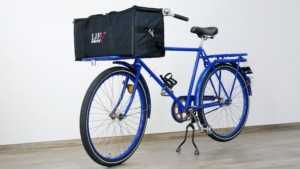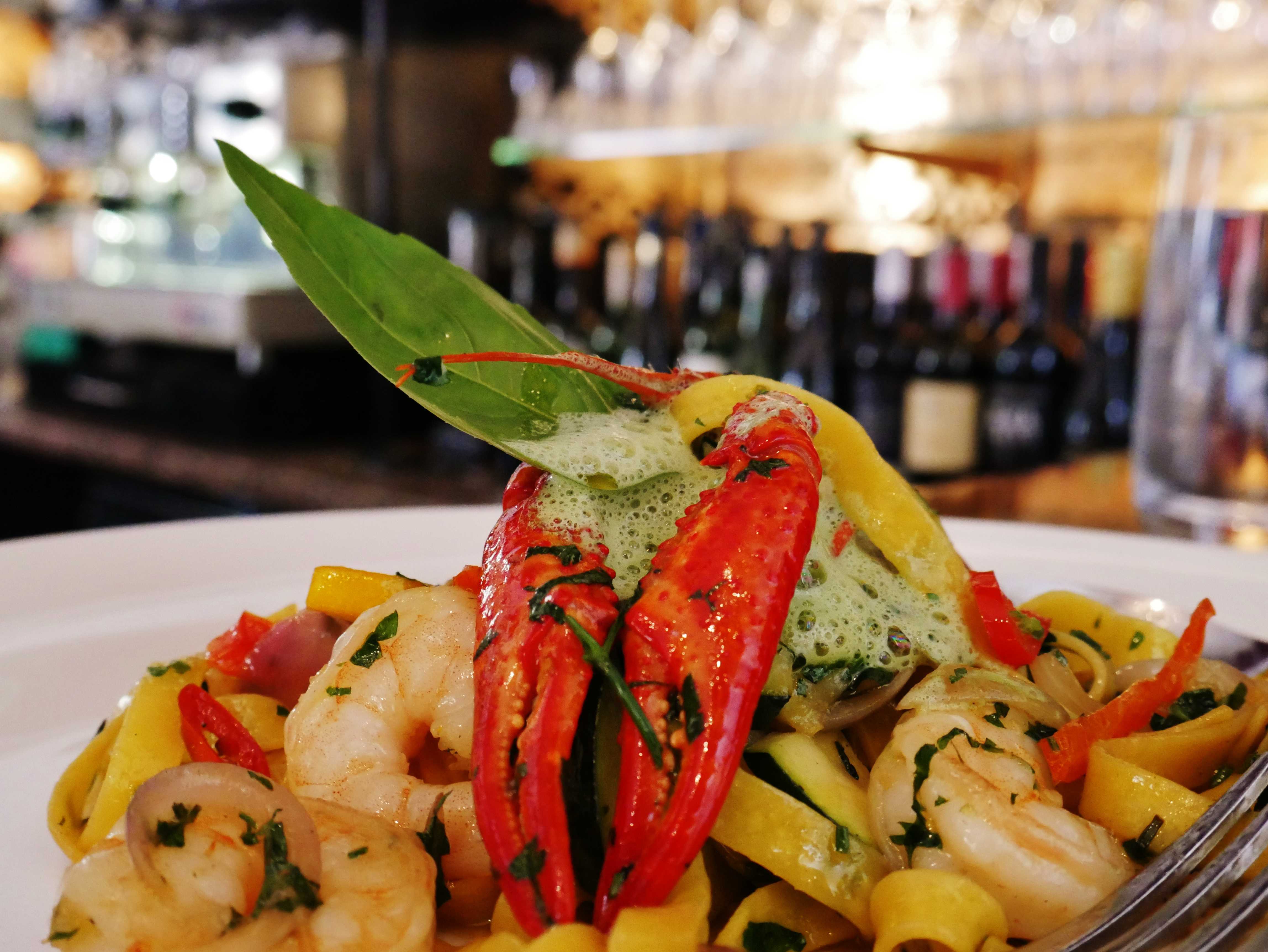We’ve just published two image videos for a restaurant in Bonn. This, our first restaurant image video, took a little longer than expected but it was worth it because we came away much wiser. Next time we’ll be much more efficient. First though, a big thank-you to Matthieus restaurant in the Suedstadt for their support, friendlyness and openness. Oh, and for the wonderful meal, cooked right before our cameras! The video is shown at the bottom of this article which includes tips and tricks for making your customers image video project a more efficient success.
At HiBlue we create multimedia that fits the web. That means making content that is attractive to the target customer *on the web.* Timing is everything but it doesn’t just mean a fast-paced video. The style of the video needs to match the customers requirements, needs to convey enough information within the average web attention-span and, importantly, needs to match customer budgets which for web-based content are generally much smaller than for traditional video production. It means we need to make the video in the shortest amount of time. We’ve also chosen equipment that meats the requirements for one-person mobility too and on this video we managed to pack everything onto our old Kronan army bike and cycle to the customer. Parking was easy!

Having a local customer helps too. A face-to-face meeting, the ability to quickly visit the location in the right weather and again to take the inevitable additional shots can’t be done if the customer is an hour away. Why should anyone have to calculate travel costs into a video / photo shoot? Of course, if you want us to attend your product launch in Las Vegas and are happy to pay for that, we’re there, but local is usually better.
The videos and photos for Matthieus were completed in about three long days work. Over 30 hours if we include the social media post, some optimizations and phone calls. That, unfortunately, is too long for most budgets and because we quoted a fixed price we took the financial hit. However, we learned a lot and were really happy to see and hear the positive feedback from the customer and through our social media channels. What exactly did we learn though?
A flexible customer results in a more interesting video. We got access to the kitchens, looked around the cellar and storage areas and even got some vox-pops recorded. Not everything made it into the video but we’ll archive that and can use it for future projects if the customer want’s it. A Winter-season video, for example.
We made a lot of effort to interpret the business ‘style’ and customer focus by being there. The ambience, the customers, the decor all give hints about where the customer wants to go. If you hit the nail on the head with the correct appreciation of the business ‘design language’ then your first meeting will be much quicker and your customer gets a warm feeling that everything is going to work out well.
Our mobile-focused equipment really helped us to be at the location without making too much of a fuss. Customers weren’t under the spotlight of a ton of lighting, cables or people and we were able to move around quietly.
Getting images of people, faces, smiles and actions is harder than it sounds. Permission to photograph people is always at the top of the list but luckily we found our customers customers to be really helpful.
80:20 rule. The last 20% of the video takes 80% of the time!
Squeezing multiple aspects of a business into a 2 minute video, the longest we would recommend as an online image video, takes a lot of editing. Picture in picture and creative use of background images helps. For the Matthieus video we used mosaic-style layouts to bring more video activity into a shorter period.
Music is really, really important. Cueing the video edits to the music is just as important. We believe that music carries a video further into the memory and when it’s done well it makes the video so much more enjoyable. The wrong music, on the other hand, will kill your video. We spent longer than expected choosing the music. On our current video project we’ve even chosen a few tracks that we’ll clear with the customer before we even start editing. Changing music after a full editing session means starting almost from scratch again.
We lost time to bad weather and a national sports event that wasn’t fitting with the character of the location. If you’re working outdoors, be aware of the weather. Here’s an example of how it can catch you out; A video made on the Bonn Venusberg last weekend that went from sunny to storm in 30 minutes.
We had a few issues with lighting on the indoor images. While we had portable lighting with us we didn’t really want to deploy it due to time and customer issues. Pushing up the ISO (gain) helps to a point but when the shutter speeds start to drop you’re in trouble. As the years go on though this problem will fade away. Every year’s technical advances equate to at least 05 of an F-Stop!
Finally it has to be mentioned that we benefited from having multiple cameras and a few smartphones to hand. We’ve been testing out a smartphone gimbal and it’s really working out well. It’s small, handheld and if you choose the right smartphone (we’re using an older Lumia 1020 and a new Lumia 950 XL) the camera quality is excellent. As we don’t get into color grading and other high-end processes with our videos we’re finding that smartphones can work really well in our production process. The latest iPhones, Galaxy S6 or S7 and the Sony Xperia Z5 series would be good choices in 2016.
The final full-length video, with preview thumbnail chosen by the customer is shown below. We’re obviously using YouTube to host the videos and that’s because of the good search traffic, mobile-friendly platform and support for multiple formats. If you’re in Bonn Suedstadt, don’t forget to drop into Matthieus and let them know that you heard about it through us! Feedback is also very, very welcome, especially if you have had experience with filming from drones / quadcopters. Is it a two-man job?

